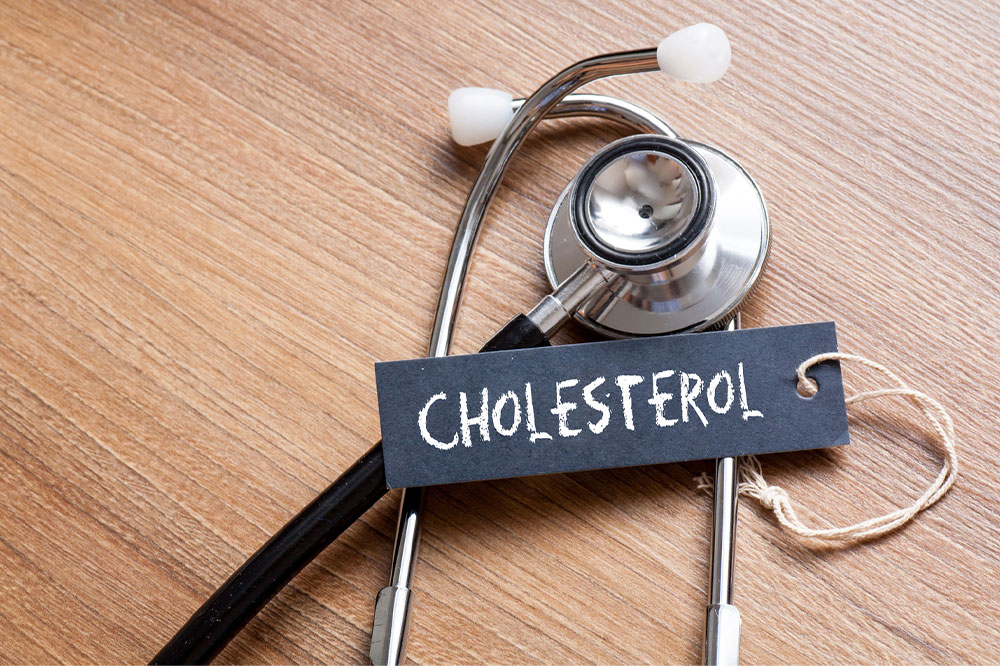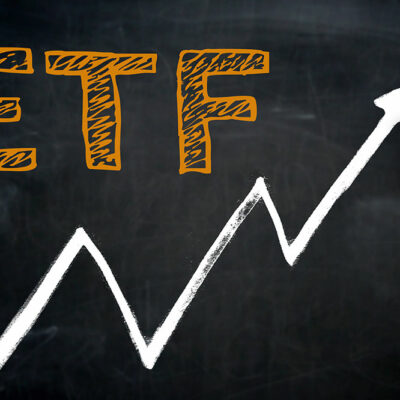
Signs and risk factors of increasing levels of cholesterol
Cholesterol is a waxy, fat-like substance that is produced by the liver. It helps in the formation of cell membranes, hormones, and vitamin D. Although cholesterol is needed by the body, too much of it can cause multiple health problems, especially for the heart. Moreover, since cholesterol cannot travel through the body, particles called lipoproteins do the job. Let’s understand these in detail and learn about the symptoms of increasing cholesterol levels.
Forms of lipoproteins
LDL is a form that makes up most of the cholesterol found in the body. However, too much of LDL puts the heart at a high risk of developing diseases like stroke and other cardiovascular diseases. The high build up of LDL on the walls of the arteries is called plaque.
HDL absorbs the cholesterol in the blood and brings it back to the liver. This is then flushed out of the body, therefore, higher levels of HDL are considered to be good for one’s health.
Symptoms of increasing cholesterol levels
There are no specific early signs of increasing cholesterol levels; however, one should always be observant of the body’s responses to food, environment, and activities. In most cases, high cholesterol is only observed too late when it is already affecting the body with health illnesses like a stroke or heart disease. However, here are some risk factors that may point at increasing cholesterol levels.
- High blood pressure (BP)
Also known as hypertension, high BP can cause several health issues, especially related to the heart. If one suffers from high BP frequently, it is time to get the right tests done to check their cholesterol levels in the blood. - Unhealthy lifestyle
Eating too many processed and packaged food items and fried foods can cause several health issues, including high cholesterol. It is important to control junk food intake and go for regular check ups. - Genetic condition
A condition called familial hypercholesterolemia can increase one’s risk of getting high cholesterol. It is important to speak to a doctor to understand the potential risks of this disease and how one can control their cholesterol levels.
Diseases caused by plaque build up
Coronary artery disease
This is a type of heart disease that develops when there is plaque build up in the arteries that supply blood to the heart. These arteries are narrowed or hardened due to this waxy substance. Some symptoms include chest pain, shortness of breath, extreme fatigue, pain in the neck, jaw, upper abdomen or back.
Peripheral arterial disease
This happens when the plaque builds up on the walls of the arteries and blocks the blood flow to organs like kidneys, stomach, feet, arms and legs. Common symptoms include cramping, discomfort in legs and arms, fatigue, and pain in legs during activities or exercise.
One must undergo a regular check up to determine their cholesterol levels. Several health insurance plans also cover cholesterol tests. Moreover, Medicare Part B covers both preventative and necessary blood work requirements for high cholesterol. One can also get life insurance even if they have high cholesterol; however, the insurance premium may be high.


